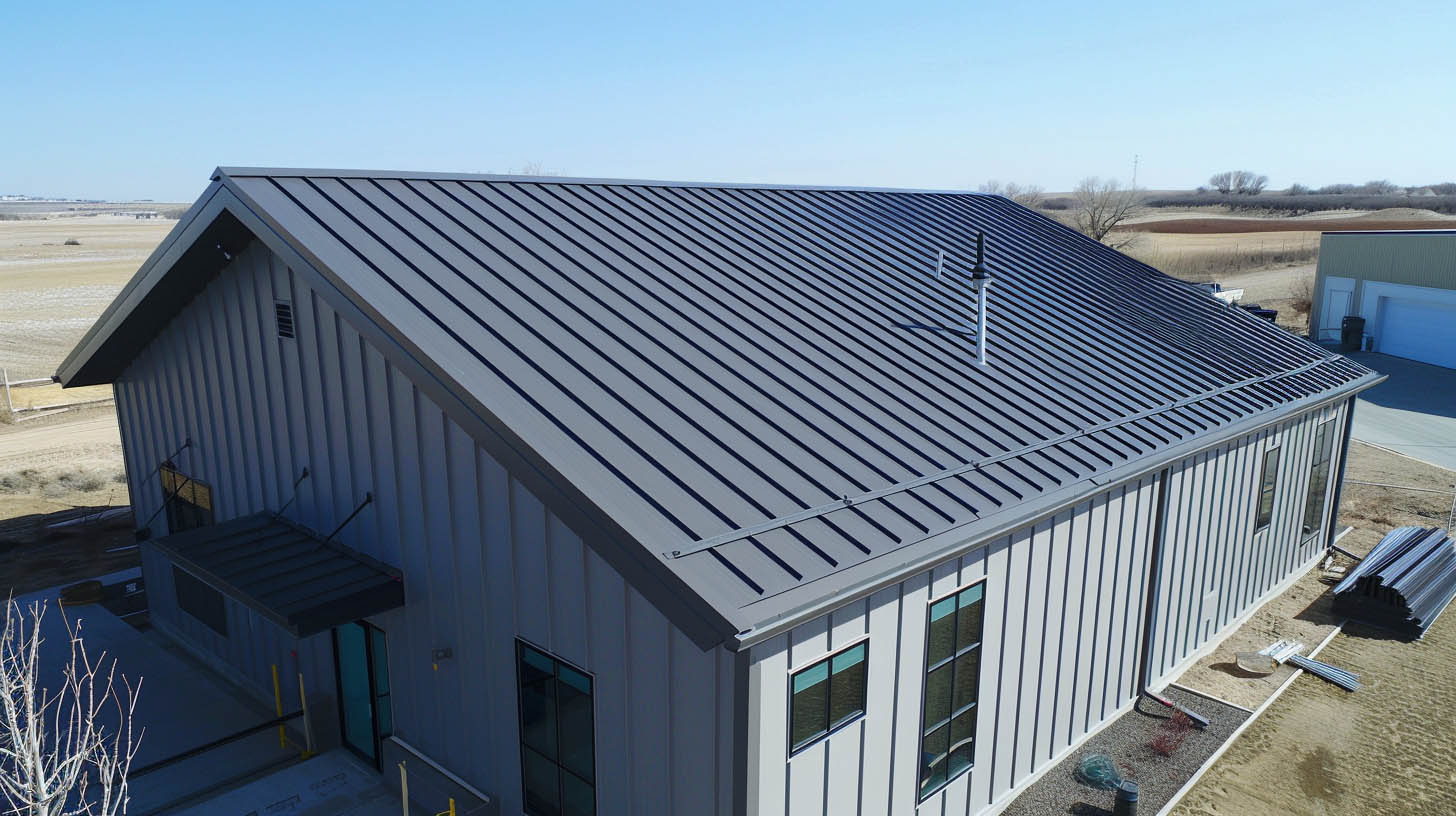
Essential Safety Measures and Preparation
Before diving into the task, prioritizing safety and preparing adequately is paramount. Ensuring a hazard-free workspace and equipping yourself with protective gear, such as gloves and safety goggles, cannot be overstated. Additionally, gathering the appropriate tools and materials before commencing will streamline the cutting process, allowing for a focus on accuracy and efficiency.Choosing the Right Tools for the Job
Selecting the appropriate cutting tool is pivotal in achieving clean, precise cuts. Options range from manual snips for smaller, detailed work to power tools like circular saws and nibblers for straight lines and intricate cuts. Each tool has its advantages, depending on the project’s scope and the specific needs of the roofing material.Manual Tools: Snips and Shears
- Metal Snips: Ideal for small cuts and detail work. Available in left-cut, right-cut, and straight-cut variations, these tools offer flexibility for different cutting angles.
- Tin Shears: Best suited for straight, long cuts. They require more physical effort but are excellent for cutting through thinner metal sheets.
Power Tools: Efficiency and Precision
- Circular Saw: Equipped with a metal cutting blade, it’s perfect for long, straight cuts. Ensure the blade is compatible with the metal type for a clean cut.
- Nibblers: The go-to for intricate shapes and curves. Nibblers offer unmatched precision, making them essential for complex designs.
- Angle Grinders: Versatile tools for cutting and smoothing edges. Using the correct disc, angle grinders can cut through metal with ease while also finishing edges to prevent corrosion.
Step-by-Step Cutting Process
- Marking and Measuring: Accuracy begins with precise marking. Using a tape measure and chalk line, mark the cut lines clearly on the metal panel. Double-check measurements to ensure precision.
- Cutting with the Right Tool:
- For straight cuts, a circular saw or tin shears might be most effective.
- When dealing with intricate patterns or tight spaces, nibblers and snips provide the control needed for precise execution.
- Finishing Touches:
- After cutting, deburr the edges with a file or an angle grinder equipped with a sanding disc to ensure they are smooth and free of sharp areas.
- Apply a metal primer to cut edges to protect against rust and corrosion, prolonging the life of your roof.


